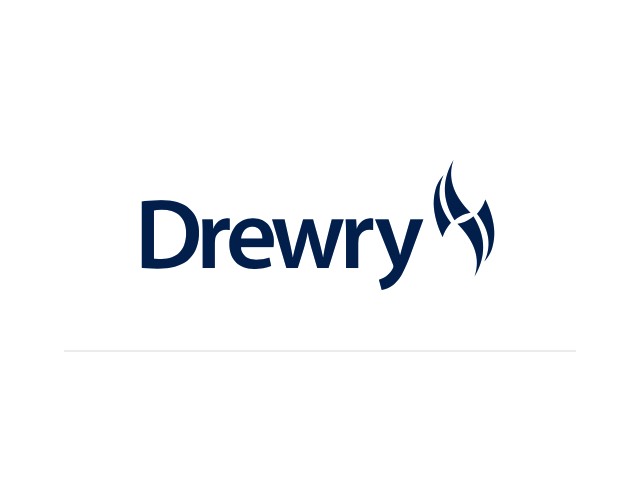GAIL, India’s primary gas pipeline operator, is seeking to revolutionise its petchem facilities by replacing current feedstocks with ethane imported from the US to compensate for the shortfall caused by the government’s prioritisation of natural gas for other sectors. With volatile prices and supply in the global market, the profitability of GAIL’s petchem units has suffered severely, of late.
To this end, GAIL has issued an Expression of Interest (EOI) for chartering a Very Large Ethane Carrier (VLEC) for 20 years, with an option to extend it for another five years. Interestingly, to utilise the vessel to the hilt, GAIL intends to use the same vessel for co-transporting ethane and LNG in different compartments. The move is part of GAIL’s more comprehensive strategy to improve operations and increase output, including the planned 500 ktpa propane dehydrogenation (PDH) unit in Maharashtra. GAIL already operates the PATA petchem complex in Uttar Pradesh with 996 ktpa of captive ethylene capacity for HDPE/LDPE production.
Growing prominence for ethane trade
Ethylene, a byproduct of ethane extracted from natural gas liquid streams or produced in refineries, is a key intermediate commodity for the petchem industry, powering the creation of a vast range of products that make up our modern world. Ethane has traditionally been overlooked in favour of other feedstocks, but the shale boom has turned the tables.
With its low price point, ethane has become a petchem superstar, leading to a surge in its production that shows no signs of slowing down. In fact, US ethane production has skyrocketed at a remarkable CAGR of 9% between 2017 and 2022, while domestic consumption has grown by 8%. And the rest of the world has noticed, with ethane exports surging by an impressive 18% over the same period making it a critical global commodity that powers the modern world.
The use of US ethane in the petchem sector has grown over the years with the cheaper gas being fed into the domestic crackers. Thereafter, India’s largest petchem operator, Reliance became the first company to import ethane on ships, followed by a slew of ethane crackers coming up in China.
Almost all global seaborne ethane exports are from the US through the Marcus Hook and Morgan’s point terminal while China has rapidly grown to be the largest importer of US ethane with imports of nearly 3.4 million tonnes in 2022 to feed into the new and existing ethane cracker facilities coming up in the country.
The future for ethane as a petchem feedstock is bright with stable pricing compared to propane, natural gas and naphtha. This stability offers comparatively better cracking margins (ethane was 40% cheaper than propane in 2022). Ethane production is also highly flexible, with natural gas operators increasing ethane rejection during periods of low prices or increasing extraction when ethane prices are at a premium. As a result of this flexibility, stable domestic demand and rising natural gas production, ethane production is set to increase while prices are likely to remain stable.
Petchem operators are increasingly looking to create flexibility in their feedstock intake to benefit from the price spreads.
GAIL following Reliance
GAIL is considering replicating the Reliance model, whereby the latter started importing US ethane in 2014 and was the first company globally to order and use a VLEC for this purpose. The company now has a fleet of six VLECs which it co-owns with MOL.
With ethane imports of around 1.6 mtpa, Reliance reduced its propane and naphtha consumption at the petchem facilities in Dahej and Hazira, saving approximately $450 million annually. India’s ethane imports crossed the 2 million tonne mark in 2022 with 2.2 million tonnes.
Strong VLEC growth
Increasing ethane demand from the petchem sector has supported the rise in the global VLEC fleet which expanded at a CAGR of 30% between 2017 and 2022. We further forecast fleet growth at 12% CAGR between 2022 and 2027 after factoring in the projects under construction in China and Europe.
There are 13 VLECs on the current orderbook including the 12 VLECs ordered in 2022. All existing and on-order VLECs are backed by long-term charters, usually 15 years, and trade on fixed routes. We estimate that the TC rates for the vessels are around $1.5 million per month.
Ethane is also traded on smaller 27 kcbm and 37 kcbm Sr-ethylene (specialised semi-refrigerated carriers capable of transporting ethylene) and multi-gas carriers. For instance, Ineos has eight dragon class 27 kcbm multi-gas carriers (that can carry LNG, LPG and ethylene) on multi-year charters for transporting US ethane to Europe.
Navigator gas has four 37 kcbm and one 21 kcbm Sr-ethylene vessels on multi-year charters with Borealis, Zhenjiang Satellite Petchem and Ineos.
Smaller vessels either cater to smaller plants in Europe or are used as a stop-gap arrangement until the VLECs are built and delivered since the former are not very cost-effective. Meanwhile, better economics of ethane use in the petchem sector will boost the commodity’s trade prospects further.
Petchem margins have been weak for the most part of 2022 due to low downstream demand and higher feedstock prices, but operators using ethane as feedstock fared better than their counterparts. The attractive economics favouring ethane is expected to lure more operators towards the commodity, in turn increasing the demand for VLECs.
Source: Hellenic Shipping News






